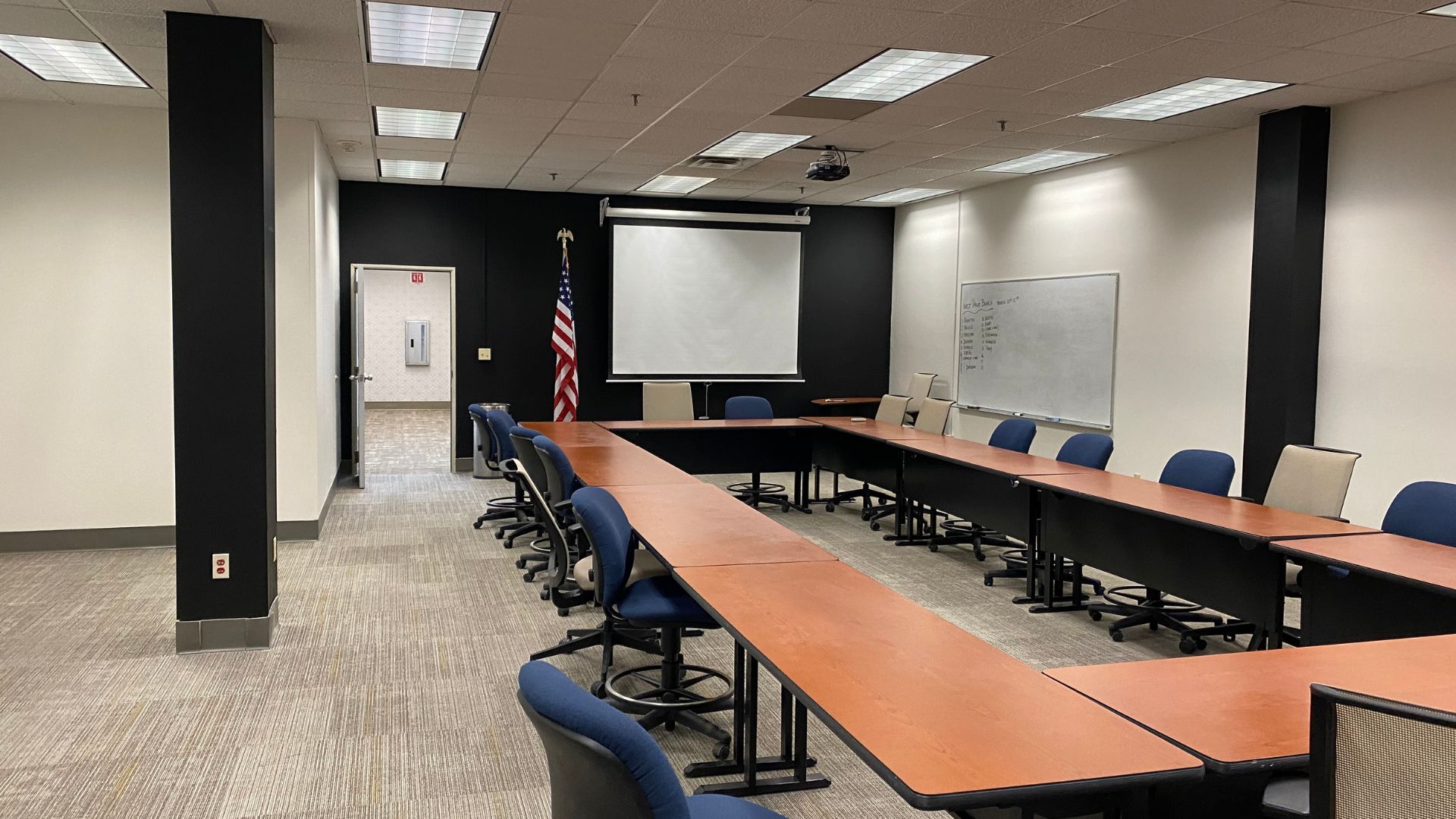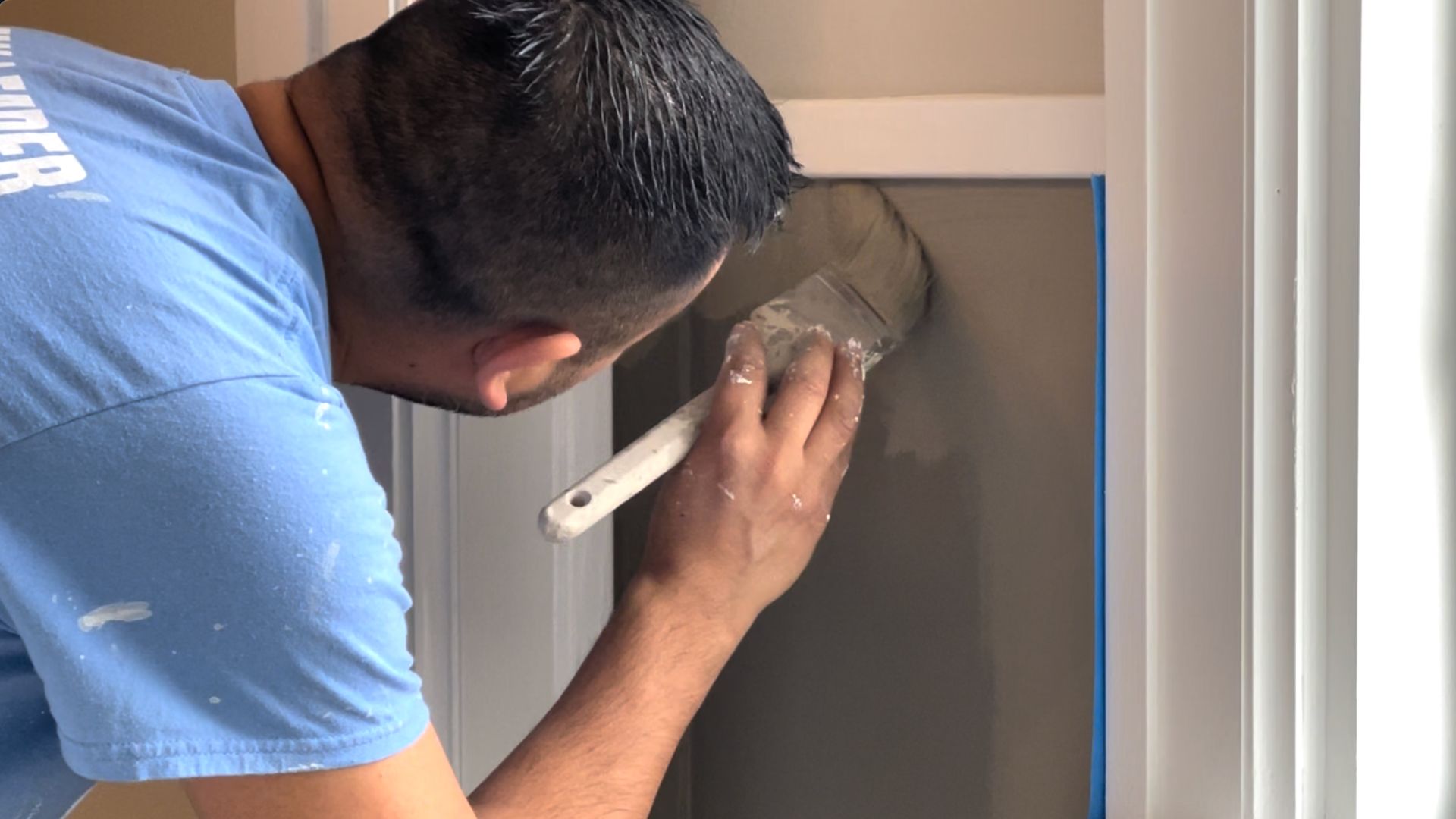What is a “Properly Painted Surface?” – PCA Standards Explained
Industry Standards for Professional Painting Quality
Heritage Painting works to a professional standard established by the Painting Contractors Association (PCA). The PCA and its standards create a clear-cut guide for the industry. They also give customers a proper expectation for the quality of work.
This blog will be the first in a series of blogs discussing the PCA standards, starting with how the PCA defines a “properly painted surface.”
Recommended reading:
What is Backrolling Paint?
What is Backrolling Paint? Achieving a Flawless Finish with Proper Technique If you’re interested in getting your home interior repainted, you have…
Important Questions to Ask Before You Hire a Professional Painter
Important Questions to Ask Before You Hire a Professional Painter Evaluating Painting Contractors for Quality Service Painting your house is a big…
What is a VOC?
What is a VOC? If you do any amount of research into paint products, you will likely come across the term…
Does Heritage Paint Offices?
Does Heritage Paint Offices? Commercial Painting Services for Business Environments Heritage Painting has a robust range of services for commercial clients, and…
Can You Make My Wood Stain Lighter?
Can You Make My Wood Stain Lighter? Techniques for Adjusting Wood Stain Appearance Whether you are purchasing a new home with stained…
Interior vs Exterior Paint – What’s The Difference?
Interior vs Exterior Paint – What’s The Difference? Formulation Differences Between Paint Types Say you’ve recently had your house exterior painted, but…
WHY PCA STANDARDS MATTER
Before we get into what exactly constitutes a properly painted surface, let’s first discuss why these standards exist at all. The construction industry is expansive, and as such, there is a variable quality of work whether you are talking about carpentry, residential painting, or anything else.
The PCA’s mission is to create a clear standard for what constitutes quality work. This is beneficial for both consumers and contractors, as it gives each a defined standard to meet. It gives consumers the power to understand the quality of work being delivered, and it protects contractors from difficult clients with exceptionally high or impossible standards.
PROPERLY PAINTED SURFACE – DEFINED
A properly painted surface – as defined by the PCA – is “…uniform in appearance, color, texture, hiding, and sheen.” That means the surface, be it a wall or exterior siding, looks the same across the paint job. This ensures that there are no misses or clear pinholes. The PCA also elaborates, saying that a properly painted surface is free of drips, overspray, or other imperfections caused by the paint job.
The surface should also be free of “foreign materials,” basically anything that wasn’t originally part of the wall.
HOW CAN YOU TELL IF A SURFACE IS PROPERLY PAINTED?
It’s easy to nitpick or perceive flaws on anything when you put your face right against it. That’s why the PCA says a surface should be examined “without magnification at a distance of thirty-nine (39) inches or one (1) meter, or more, under finished lighting conditions and from a normal viewing position.”
That means standing up straight and standing just over three feet from the surface, if no flaws are detectable, that means the wall is up to PCA standards. It’s also important to note the “normal lighting conditions.” That means the normal conditions of the home.
Knowledge is power, and it’s important to know what to expect when a contractor comes in to look at your home. Hopefully, this post has been enlightening, and you can look forward to more PCA explanations in the future.
Fill out the form below for a free estimate from Heritage Painting. Our professional team will provide a detailed and accurate quote, and we can even help you pick the right colors for your home. Don’t let another day slip by. Fill out the form below and fall in love with your home again today.
Get a Free Quote From Heritage Painting
Fill out the form below and experience the difference today.






